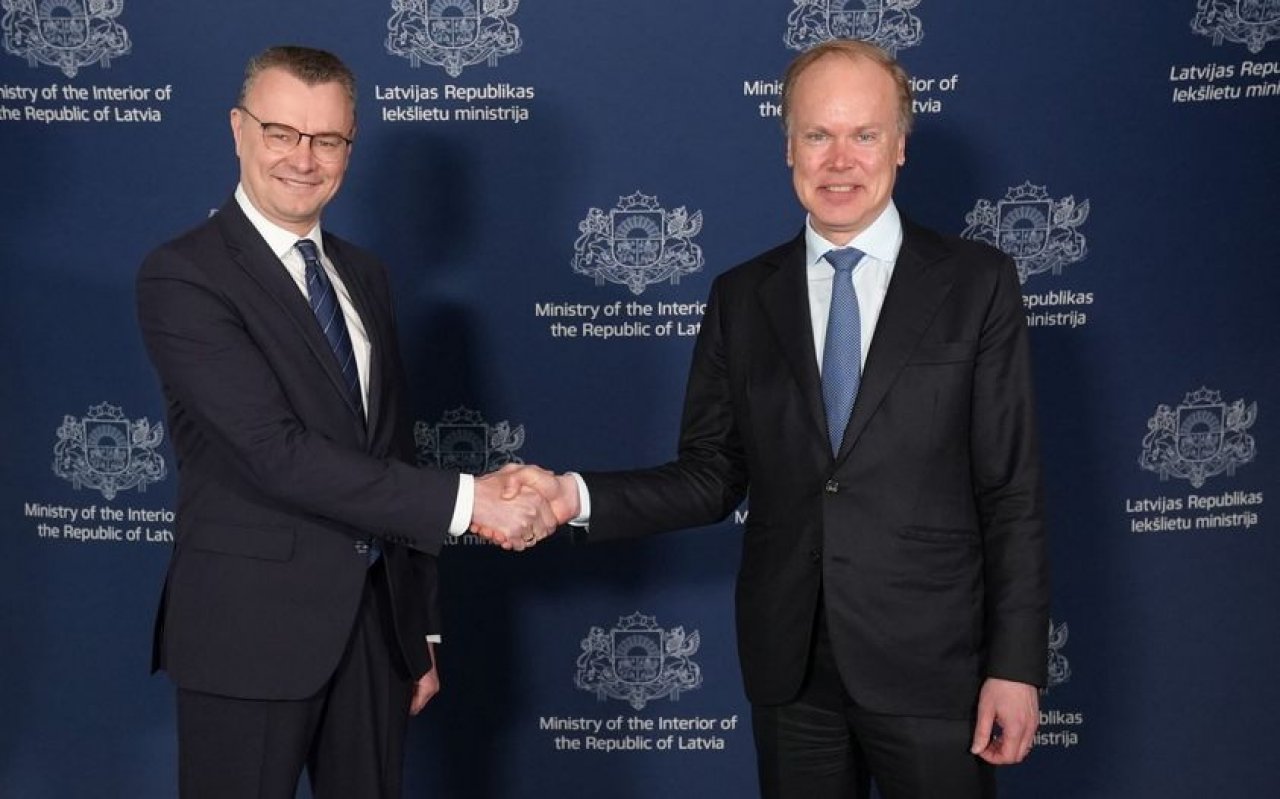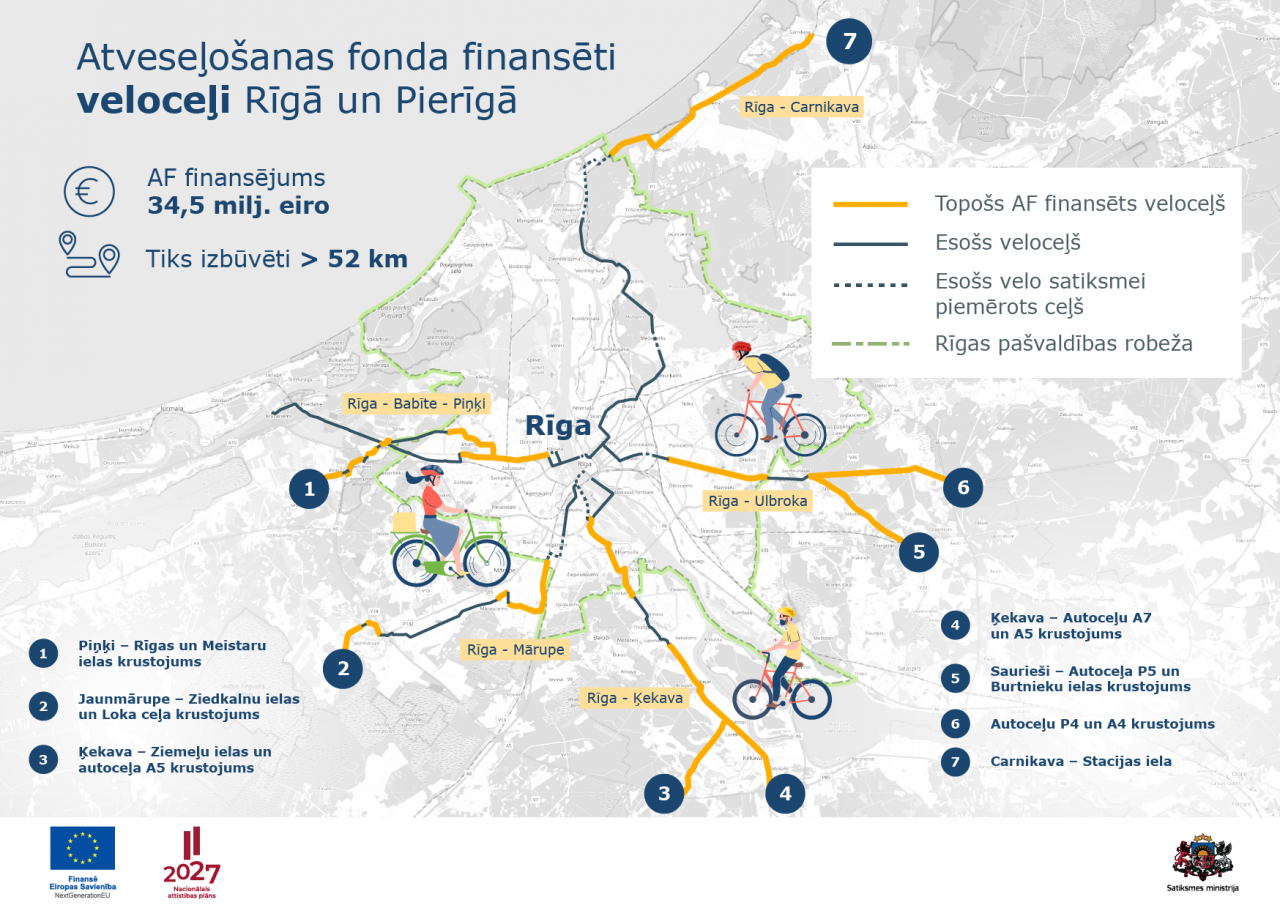On Tuesday, May 27, the Cabinet of Ministers approved an order prepared by the Ministry of Interior, listing state and municipal entities and project applicants eligible to receive European Regional Development Fund (ERDF) funding for the creation of Category III shelters. This funding will be used to adapt and equip basements, underground floors, and ground floors of buildings owned by the state and local governments.
The order consists of two appendices. Appendix 1 specifies the object's affiliation, the planned project applicants (funding recipients), the priority objects to be adapted and equipped for civil defense purposes, their total number, and the available funding.
Appendix 1 of the order includes 570 objects (453 owned by municipalities and 117 by the state) designated to receive ERDF funding. This funding will be used to reconstruct or renovate existing premises, adapting them for the installation of Category III shelters. These shelters are designed to protect people from dangerous factors, reducing the impact of external blast waves and shrapnel in the event of a disaster, military invasion, or war. The planned ERDF funding for this initiative is approximately 22.19 million euros.
For municipal-owned objects, the funding distribution across planning regions is as follows: 65 shelters in the Kurzeme region, 60 in Latgale, 66 in Vidzeme, 55 in Zemgale, and 207 in the Riga planning region.
To maintain flexibility in the initiative's funding and encourage recipients to adhere to principles of economy, efficiency, and expediency, the draft order allows funding recipients to adapt and equip additional objects within their available funding, as listed in Appendix 2.
This list of objects in the order will streamline the implementation of the initiative. It will enable the Central Finance and Contracting Agency to initiate a limited call for project applications as early as possible, facilitating faster and simpler access to funding for recipients. It will also create a unified and clear understanding for funding recipients regarding the eligible objects and objectives.
To receive ERDF funding, the Ministry of Environmental Protection and Regional Development, in cooperation with the Ministry of Interior and the State Fire and Rescue Service (SFRS), has developed implementation regulations for adapting and equipping objects for civil defense (shelter) purposes. The regulations define requirements for project applicants, eligible activities, eligible costs, and other project implementation conditions.
The implementation conditions for the initiative stipulate that objects must meet at least the minimum functional requirements outlined in the SFRS guidelines for the establishment of Category III shelters. Furthermore, after project completion, the funding recipient must ensure the maintenance of the shelter so that people can access and use it in the event of a disaster, military invasion, or war threat.
To ensure the utilization of ERDF funding in accordance with European Commission regulations, the government also approved the mid-term amendments to the European Union Funds Programme 2021-2027, developed by the Ministry of Finance. These amendments, among other things, include the reallocation of funding for civil defense measures, including the adaptation and equipping of shelters. These amendments will be submitted to the European Commission for approval.
Currently, SFRS has inspected over 3,000 state and municipal objects and deemed more than 1,600 as suitable or partially suitable.
The planned funding for 570 objects is only the initial stage, and discussions are already underway to attract funding from the European Economic Area financial instrument for the further development of the shelter network.
ERDF funding is available thanks to the support from other sectors, which allowed previously allocated funds for other programs to be redirected towards the establishment of shelters.


